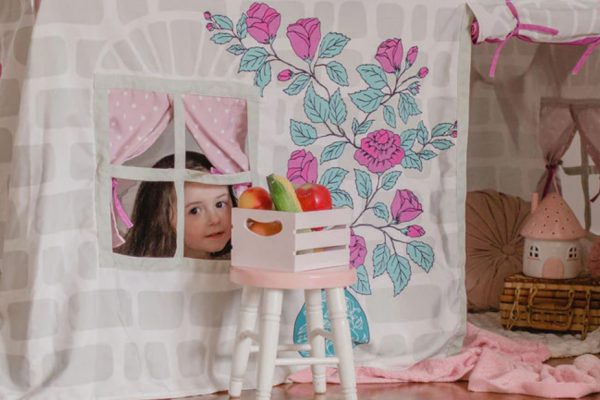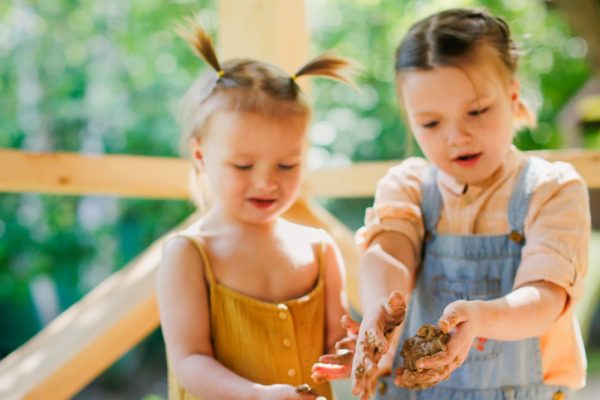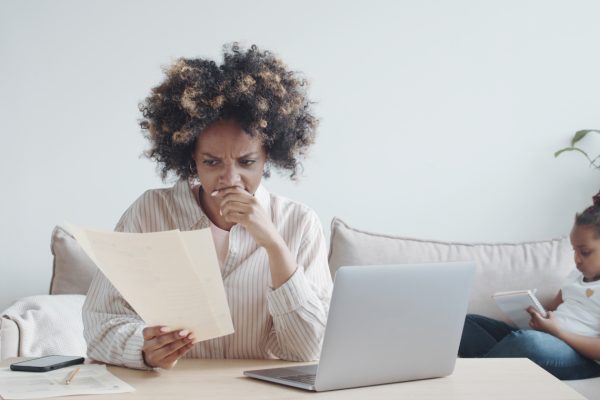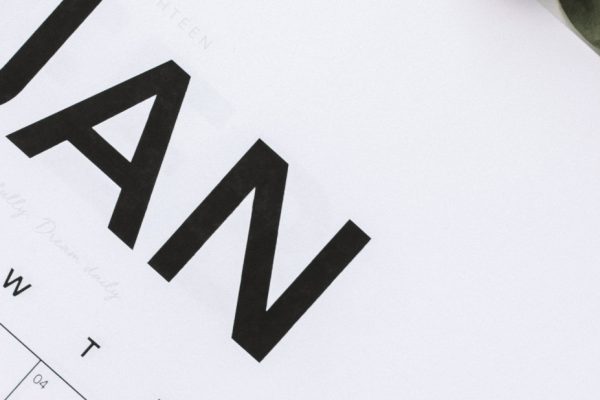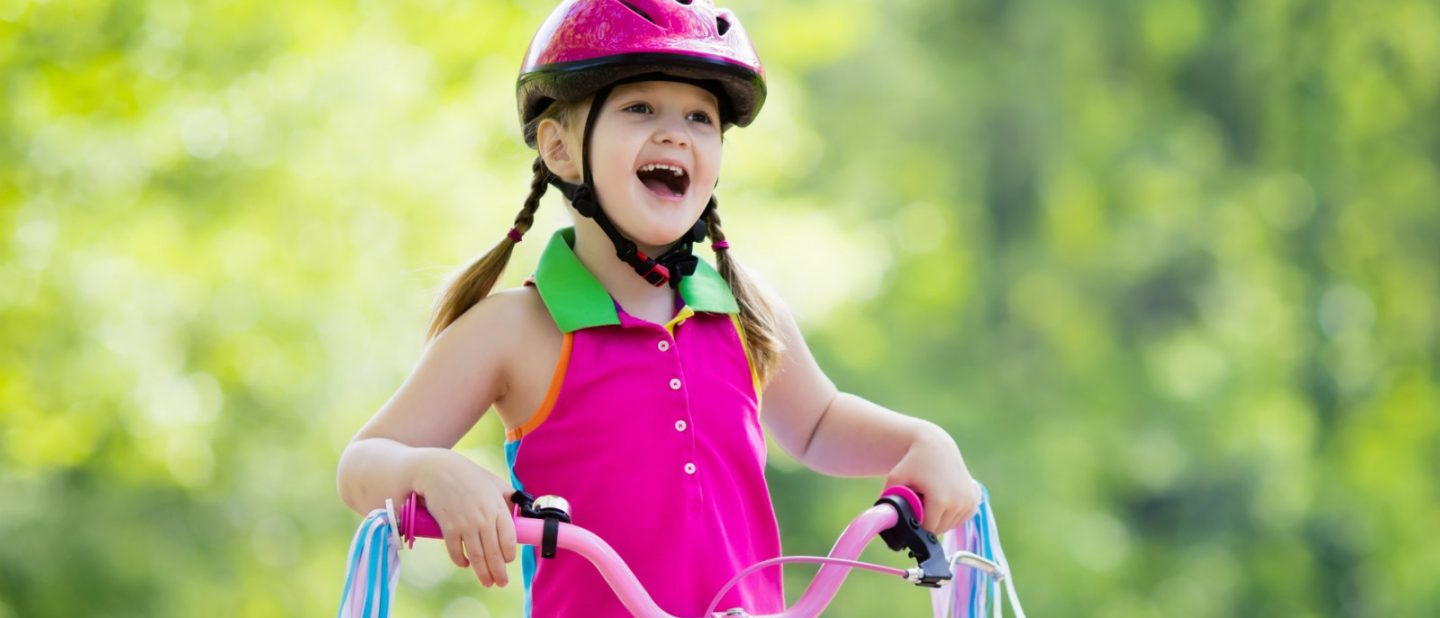
Exercises to help build your child’s bike riding skills
By Sarah Wilding
Bike riding is a great developmental skill; research has linked 30 minutes of moderate cycling to improvements in memory, reasoning and planning. It has also linked cycling to improvements in how the child perceives the world around them as well as co-ordination, strength and balance.
There are many different exercises that you can do with your child to help them work towards riding a bike. Bike riding can be a scary and challenging activity for many children, and we want to ensure we consider their developmental level, physical needs and how they process the environment around them when prescribing exercises. Therefore, it is recommended that you consult with your physiotherapist before you start exercises as they will be able to support you to set small achievable steps along the road to success.
Always make sure your child has the right protective equipment and that you stay close by until they are competent. Consider medical implications including the impact of your child’s medication as well as any fears your child may have before riding the bike.
Bike riding can be broken down into the following components:
1. MUSCLE STRENGTH AND ENDURANCE
Bike riding involves a power phase and a recovery phase. The muscles involved in power are the muscles that straighten your knee and hip whereas the muscles involved in the recovery phase are the muscles that bend the knee and hip as well as lift the toes up.
There are two components of muscle strength and these include power and endurance. To focus on the power muscles jumping games, climbing activities or going up the stairs can be helpful.
To build endurance ideas include using a stationary bike, tricycle or a scooter and building up the time gradually. Training wheels can also help to develop endurance when riding a bike. However, it is best not to rely on training wheels long term as they can be detrimental in learning to balance.
2. MOTOR PLANNING AND CO-ORDINATION
Motor planning is the ability for your child to take in the environment around them and process this feedback into learning a new movement. When teaching the movement of cycling it may help to provide different types of sensory feedback to help them learn the task.
This may include activities like watching other people ride, placing guides on the bike for where the child should place their hands and feet, safely taking your child along on the back of your bike for them to get used to the movement or breaking up the task into shorter auditory cues.
Once they have the planning for the task set, then focus on the co-ordinated movement of cycling the feet one at a time. Co-ordination can be developed by working on activities that use alternate arm to alternate leg movements like scissor jumps or crab walking.
3. CORE STABILITY AND BALANCE
The next aspect is their balance or core stability. Exercises to help develop balance before trialling on the bike include:
a. Sitting on a cushion with the legs off the floor throwing and catching a ball
b. Swiss ball exercises in sitting
c. Wobble board exercises in standing.
Using a scooter or scooting on the bike (with the seat lowered so your child can push from the ground to move the bike) are also great exercises to do. Once your child is ready to trial on the bike stand behind them as they ride ready to support their hips as needed to help them steady themselves.
4. ADAPTIVE BIKES
This is important to consider particularly if your child requires assistance with their movements/mobility. An adaptive bike, including one with three wheels, will still give your child the co-ordination, endurance and emotional benefits as other types of bicycle.
Overall, these are just some of the examples of the exercises and aids that can be used to help your child learn to ride a bike. Your physiotherapist will be able to determine the best exercises for your child and how they might be integrated into your child’s plan. Remember, this is an exciting time in your child’s life so enjoy the ride!
Sarah Wilding (BPhty, APAM) is a senior physiotherapist for Better Rehabilitation, a leading NDIS registered allied health provider that provides mobile in the home therapy and has offices across New South Wales, Queensland and Victoria. Sarah has a keen interest in children’s or paediatric therapy and has worked with children of all ages both in the hospital and the community. For more info visit betterrehabilitation.com.au




